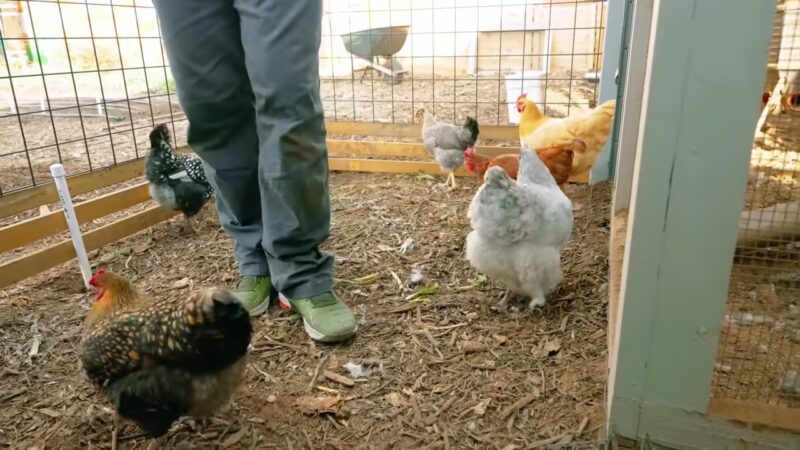Congratulations on embarking on the exciting journey of raising chickens! Whether you’re a seasoned farmer or a suburban dweller dreaming of fresh eggs in the morning, setting up the ideal chicken coop is paramount for your clucking buddies’ happiness and health.
So, what exactly should go inside a chicken coop? In this comprehensive guide, we’ll delve into the must-haves and nice-to-haves for a chicken coop that’s not just a makeshift shed but a home for your feathered friends. From essential elements like nesting boxes and roosts to often-overlooked items like dust baths and toys, we’ve got you covered.
1. Nesting Boxes

One of the most integral components of a chicken coop is the nesting box. This is where your hens will lay their precious eggs, so ensuring its comfort and accessibility is key.
Types of Nesting Boxes
Nesting boxes come in a variety of materials, sizes, and styles. The most commonly used materials are wood and plastic. Wood is great for natural insulation but requires regular cleaning. On the other hand, plastic boxes are easier to sanitize but may require additional bedding for warmth.
- Wooden Nesting Boxes: They are easy to construct and provide a cozy environment.
- Plastic Nesting Boxes: These are easily cleanable and usually come in a modular design.
- Metal Nesting Boxes: Less common, but they are durable and easy to clean.
Placement and Care
A general rule of thumb is to have one nesting box for every 3-4 hens. Place these boxes at least a couple of feet off the ground but lower than the highest roost. It encourages hens to use the box for laying and not roosting.
You also need to put soft bedding material like straw or wood shavings inside the box. Make sure to clean the boxes regularly to keep your hens healthy and happy.
2. Roosts and Perches
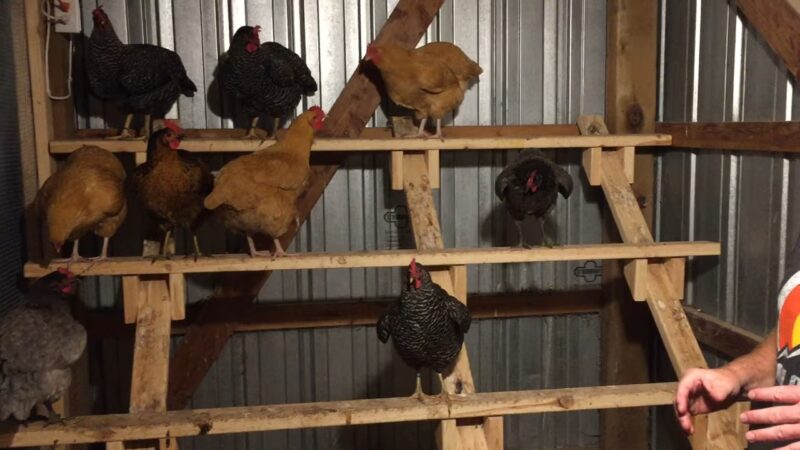
Roosts are essentially the chicken’s bed. Chickens love to sleep off the ground, which also keeps them away from potential predators. Roosts are a must-have in any chicken coop.
The Importance of Roosting Bars
Roosting bars are the horizontal bars where chickens perch to sleep. They should be at least 2-3 inches wide to provide adequate support for the chicken’s feet. Wooden bars are the most popular option as they provide good grip and insulation. Avoid using metal or plastic as they can get too cold or slippery.
Height and Arrangement
Arrange the roosting bars in a way that allows chickens to hop from one level to another comfortably. Place the bars at different heights, with at least 8 inches between each level. The highest roost should be at least 2-3 feet off the ground but lower than the nesting boxes. This arrangement ensures that your chickens use the nesting boxes for laying eggs and not as an elevated sleeping area.
3. Ventilation and Insulation
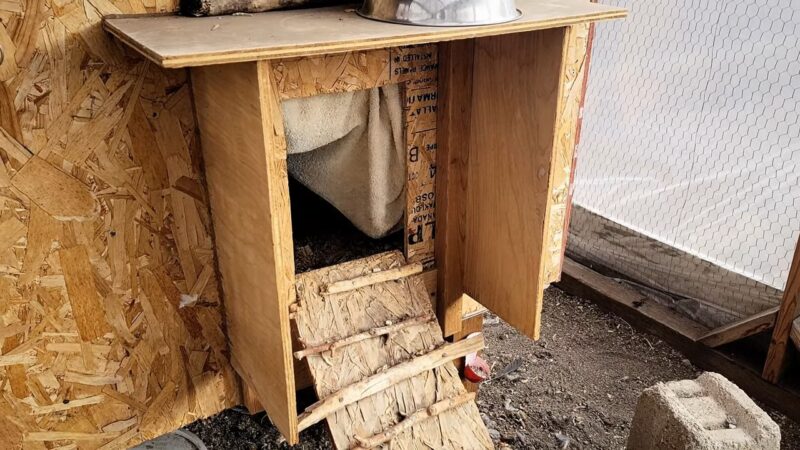
A well-designed chicken coop must address ventilation and insulation. Adequate airflow prevents moisture buildup, which could lead to respiratory problems, while insulation helps in temperature regulation.
Proper Ventilation
Ensure your chicken coop has proper ventilation to keep fresh air circulating. You can add vents or windows, preferably above the roosting level, to prevent drafts. Make sure the openings are covered with wire mesh to keep predators at bay.
Insulation Techniques
Insulation keeps your chicken coop warm in winter and cool in summer. Some effective ways to insulate your coop include:
- Installing Styrofoam boards or fiberglass rolls: These are efficient insulators but need to be covered as chickens might peck at them.
- Double-wall construction: This technique offers excellent insulation but is more costly and labor-intensive.
- Straw bales: A cheaper and easier option but needs regular replacement.
4. Feeders and Waterers
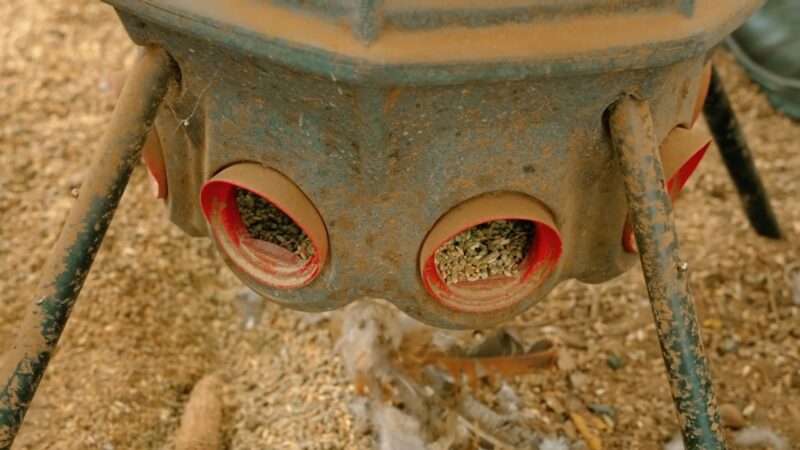
Your chickens need constant access to food and water. Here’s what you need to know about keeping them well-fed and hydrated.
Types of Feeders
Feeders come in various styles, each with their own pros and cons.
- Hanging Feeders: These can be adjusted for height and discourage chickens from standing in their food.
- Treadle Feeders: Operated by the chicken stepping on a pedal, these feeders are excellent for preventing food waste and keeping pests away.
- PVC Feeders: These are easy to clean and refill but can take up more space.
Water Management
Waterers should be easy to clean and refill. Options range from simple plastic containers to automatic waterers connected to a water supply. Keep waterers at back height to the chickens to prevent them from kicking dirt into the water.
5. Dust Baths and Grit Stations

Believe it or not, dust baths are a chicken’s spa day! And grit is essential for their digestion.
Benefits of Dust Baths
Chickens love to bathe in dust to clean themselves and keep parasites at bay. Create a designated area filled with a mixture of sand and food-grade diatomaceous earth. Ensure the dust bath is dry and easily accessible.
What is Grit and Why It Matters
Grit is essential for chickens to grind down grains and fiber in their gizzard, aiding in digestion. Make sure to provide a separate dish filled with insoluble grit, especially if your chickens do not free-range.
6. Safety Measures
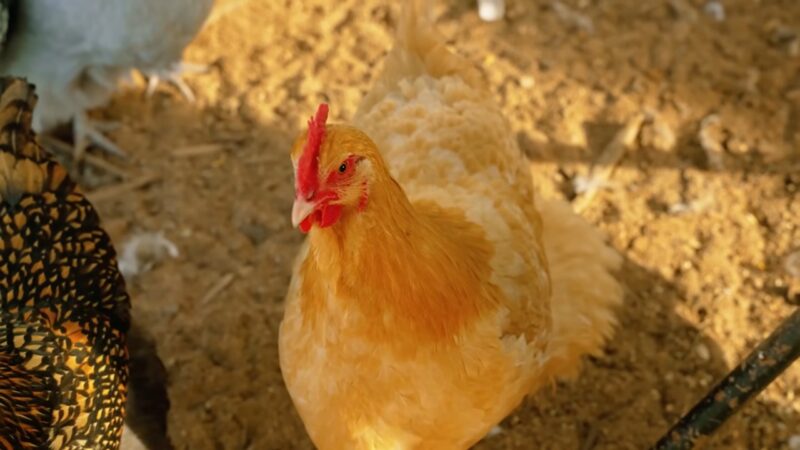
Securing your coop against predators and other dangers should be a top priority.
Predator-proofing
- Wire mesh: Use hardware cloth instead of chicken wire. It’s sturdier and more durable.
- Motion-activated lights: These can deter nocturnal predators.
- Secure locks: Always keep doors and nesting boxes securely locked.
Emergency Supplies
Keep a first aid kit designed for poultry, which should include antiseptics, bandages, and electrolytes for water. A fire extinguisher is also a must-have safety item.
7. Extras and Entertainment
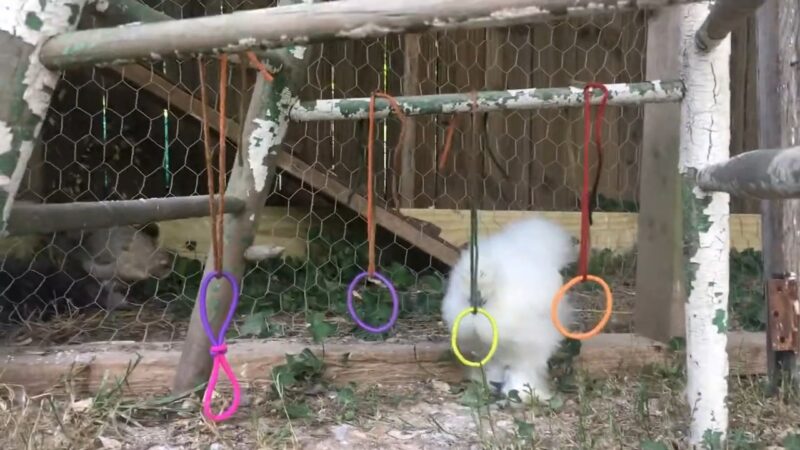
Yes, chickens need entertainment, too!
Toys and Treats
To keep your chickens mentally stimulated, consider adding toys like a pecking block or a mirror. Treats like fruits and vegetables can also be hung from the ceiling for added fun.
Greenery and Space
If space allows, creating a small garden inside the coop filled with chicken-friendly plants like lavender and marigolds not only entertains the chickens but also helps in natural pest control.
8. Light and Natural Elements

Introducing natural light and elements can make a significant difference in the overall well-being of your chickens.
Why Light Matters
Light plays an essential role in regulating the internal clocks of chickens, which in turn affects their laying cycles. Natural light is the best option, so consider installing skylights or clear roofing sheets for sunlight during the day. For shorter days or indoor coops, install LED lights on a timer to simulate natural light cycles.
Introducing Natural Elements
Incorporate natural elements like logs or stumps inside the coop. These not only serve as additional perches but also encourage natural behaviors like scratching and pecking. Having a corner filled with leaves for scratching can also keep your chickens entertained and engaged.
Cleaning and Maintenance
A clean coop is a happy coop! Maintenance is vital for disease prevention and the general well-being of your chickens.
Daily and Weekly Cleaning Tasks
Daily tasks include replenishing food and water, along with a quick scan for any signs of disease or injury. Weekly tasks involve:
- Cleaning out feeders and waterers
- Checking and cleaning nesting boxes
- Replacing or topping up bedding
- Raking the floor for droppings
Monthly and Seasonal Cleaning
Every month, consider doing a deeper clean, which involves scrubbing down surfaces and applying pest control measures. Seasonal tasks can include:
- Refreshing insulation
- Checking for wear and tear or possible security risks, such as loose nails or gaps in the walls
- Applying a new coat of pet-friendly, weather-resistant paint
FAQs
What size should my chicken coop be?
The size depends on the number of chickens you plan to keep. For standard breeds, aim for a minimum of 4 square feet per bird. The coop should also have enough space for nest boxes and roosting areas.
Do I need nest boxes in my chicken coop?
Yes, nest boxes are essential. Generally, you should have enough boxes so that there is 1 for every 3 laying hens. The dimensions of the nest boxes should be approximately 12″x12″.
What should I consider when adding roosts?
Chickens prefer to sleep off the ground, so roosts are necessary. Make sure the roosts are at least 12 inches away from the wall and a couple of feet below the ceiling. Plan for at least 12 inches of roosting space per bird.
How important is ventilation in a chicken coop?
Ventilation is crucial for the health of your chickens. A well-ventilated coop allows fresh air in and lets “soiled air” out. Make sure to secure any openings with wire or hardware cloth to keep predators out.
How can I make my chicken coop secure?
Check for any gaps or holes that might allow predators to enter. All large openings should be covered with wire, and small areas should be blocked. Door latches should be “child-proof” to prevent raccoons and other animals from opening them.
What should I do about feed storage?
Store your chicken feed in a covered container, preferably a metal trash can with a tight-fitting lid. This prevents rodents from invading and keeps the feed dry.
Do chickens need an outdoor space?
Yes, they need room to run and forage. Depending on your location and predator situation, you can opt for free-range, pastured, or a covered run. If you’re planning a run, aim for a minimum of 10 square feet per bird.
What materials can I use for roosts?
You can use various materials for roosts, but avoid slippery plastics like PVC. If you use a square board, round the corners so the chickens can wrap their feet around them comfortably.
Can I be creative with my nest boxes?
Absolutely! You can use 5-gallon buckets, milk crates, or repurposed shelves for nest boxes. The more private you make them, the better your chickens will like them.
How do I protect my coop from moisture?
Make sure your coop is watertight. Check the roof and floors for leaks, and ensure that heavy winds won’t cause rain to drip through your ventilation holes.
Final Words
So there you have it! A comprehensive guide to setting up a haven for your feathered friends. Your chickens provide you with eggs, companionship, and natural pest control, so it’s only fair you provide them with a home that meets all their needs. Here’s to happy, healthy chickens!
